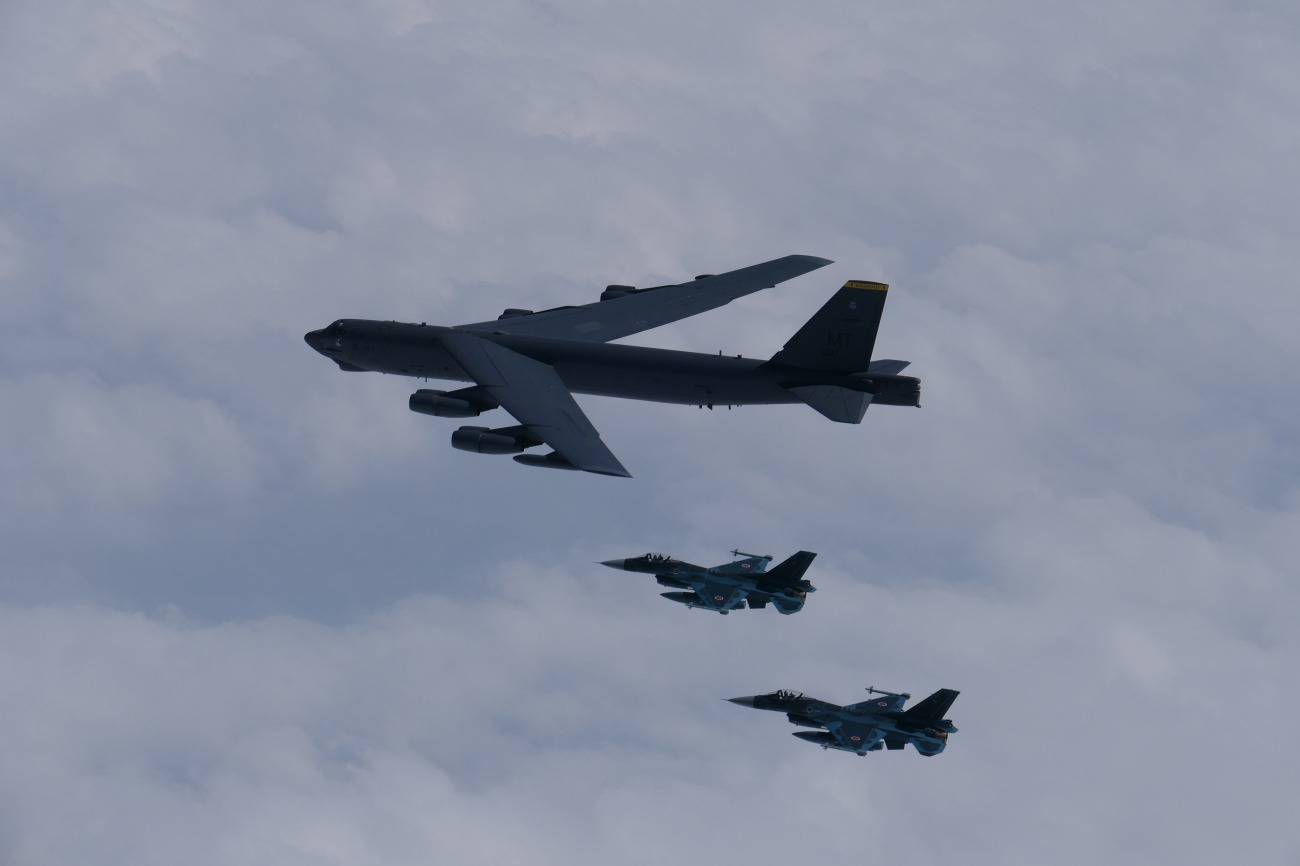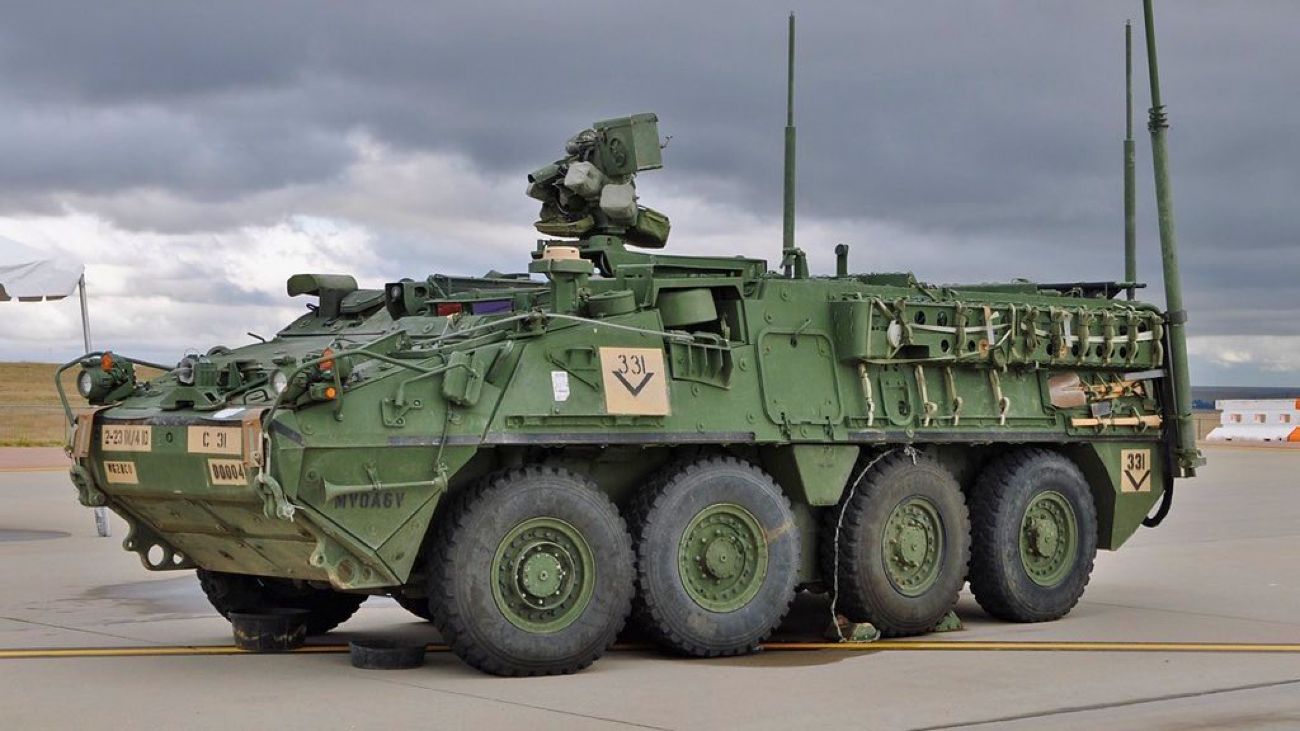India and the US enjoy close ties today. But it was not always the case.
In 1991, a major American armament firm simulated a major attack on India, using B-52 bombers, submarines, and its armada to prevent war between two nuclear-armed neighbours – India and Pakistan.
The simulated attack was set in the year 2000, and the Kashmir crisis was at its peak, and the two countries (India and Pakistan) were gearing up for war. Both countries were equipped with an advanced nuclear arsenal, including nuclear surface-to-surface missiles. The two navies were prepared for any conflict and had established maritime exclusion zones.
India had threatened to attack any foreign naval force that dares to enter its 600 nautical mile zone.
The flare-up had occurred as the Cold War was ending with the disintegration of the USSR in 1991. The threat to the new world order was not from the Soviets, but from emerging new power centers across the world. India-Pakistan nuclear Armageddon was one of the major threats to the post-Soviet world.
As the only remaining superpower, the US took up the mantle to rescue South Asia on the threshold of a nuclear war.
The Situation Room in the White House was deliberating on the conflict unfolding in the region. And top generals of the US were of the opinion that India was planning a pre-emptive strike against Pakistan’s nuclear facilities using Agni and Prithvi missiles. Their objective was to scuttle India’s plans.
The US’s top general agreed that an all-out war between the nuclear-armed countries would be catastrophic for the American economy, as India sits on some of the world’s busiest sea lanes of communication. In response, the US government sent its two aircraft carrier battle groups and two nuclear-powered attack submarines into the Indian Ocean to dissuade New Delhi.
The US fleet breached the Indian maritime exclusion zone southwest of Bombay. In response, the Indian Navy conducted mock aerial attacks on American submarines and aircraft carriers. They threatened that the attacks could turn real if the US Navy did not leave them alone.
The US asserted its right to “the peaceful transit” and put its B-52 fleet in Diego Garcia on high alert. The fleet was given its target – the Agni and Prithvi missile sites, Virabhu submarine base, Venduruthy naval air station, ammunition storage facilities, hangars, a power plant, and repair shops.
The American attack was aimed at annihilating the Indian weapons, sensors, and ground assets that could hinder the progress of its carrier battle groups.
American B-52 bombers, attack submarines, and naval destroyers hit India with a total of 190 missiles. The attack disabled India’s command and control system, thereby crippling New Delhi’s ability to retaliate. The Indian Navy was under constant fire, and its aircraft were unable to operate.
After all this, the US still had 117 missiles in reserve, in case India still managed to retaliate.
This simulation was part of General Dynamics’ pitch to the elites in Washington in 1991. The US arms manufacturer was presenting its case for ‘next-generation cruise missiles’ to the Pentagon. The range of the missile was three times that of the Tomahawk, which the same company developed in collaboration with McDonnell Douglas Corporation.
Today, India is a crucial component in American policy aimed at checking China’s rise, but in 1991, New Delhi was perceived as a hostile power. Every missile test by India invited harsh responses from the US. Other Indian moves like leasing a Soviet nuclear-powered attack submarine, INS Chakra, and the Indian Navy broadening its intent to dominate the Indian Ocean antagonised the US.

Senior Journalist Seema Sirohi, in her book “Friends with Benefits – The India-US Story,” highlights the ups and downs of India-US relations.
Bringing out incidents from her extensive reporting from the US, the journalist highlights how in a congressional testimony on September 27, 1990, US Air Force Lt. Gen. GL Butler identified three potential sources of conflict in the future – the intractable conflicts between mortal enemies (India-Pakistan rivalry fell under this category), catastrophic failure of human condition in the Third World and rise of new centres of power (again India’s rise was qualified as a danger).
The simulated wargame chronicled in her book was taking place at a time when the bilateral defense ties between the two countries saw some forward movement under President H.W. Bush.
The journalist had first published the report on March 14, 1991, in the Telegraph with a banner headline – ‘Top Defence Firm Briefs Pentagon on how to neutralise India’. India had taken offence to having been clubbed with the traditional ‘bad guys’ like Iran and Libya despite New Delhi’s stated nuclear policy of ‘No First Use’.
The American “Pivot” To Asia-Pacific
The major push for bilateral defense ties came after President Barack Obama released the document on Strategic Guidance in 2012, which set priorities for the 21st century. The document underscored the need for the United States to rebalance or “pivot” towards the Asia-Pacific region, and India was touted as the lynchpin of this policy.
In fact, General Dynamics, which once portrayed India as a hostile nation, is today selling its Stryker combat vehicles to the Indian Army. The deal is expected to be signed this month.

The Stryker is an 8-wheel drive combat vehicle developed by General Dynamics Land Systems-Canada for the US. It is powered by a Caterpillar C7 engine with 350 horsepower, has a range of 483 kilometers, and can run at a maximum speed of 100 km/h. It has bolt-on ceramic armor for enhanced protection and can withstand improvised explosive devices. It is compatible with Chinook helicopters already in the Indian Air Force’s inventory.
The Indian Ministry of Defense has proposed a three-phase plan for the project. Following the limited off-the-shelf purchase of Strykers through the Foreign Military Sales (FMS) route, joint production will take place in India. This would also pave the way for the development of futuristic armored vehicles.
The Strykers are purchased for deployment in high-altitude areas along the border with China, in regions such as Eastern Ladakh and Sikkim. The Indian Army is looking to modernize its BMP-II vehicles of Russian origin and replace them with wheeled and tracked Infantry Combat Vehicles.




